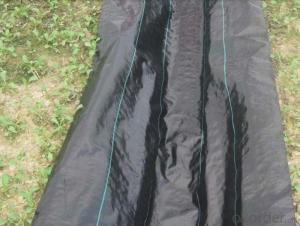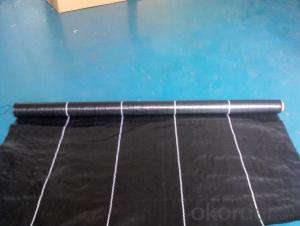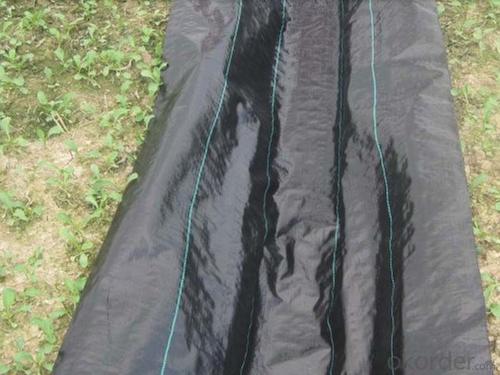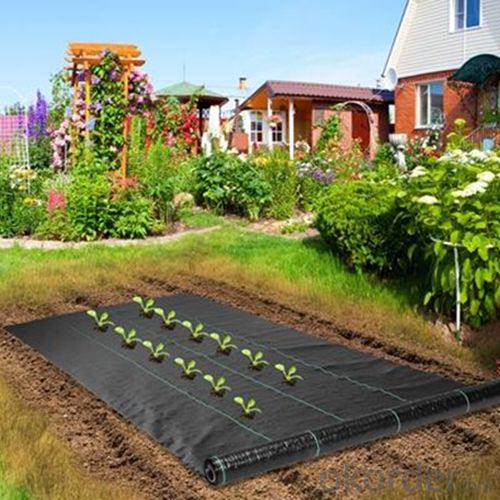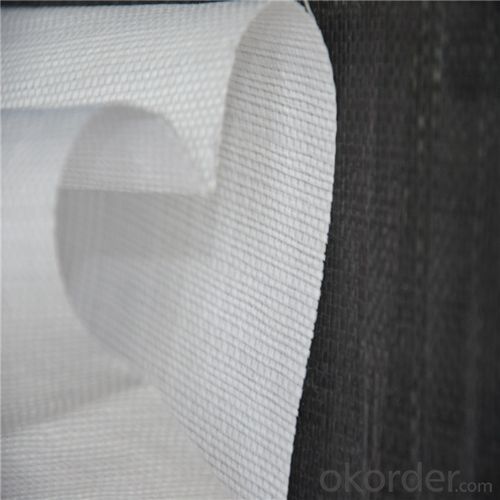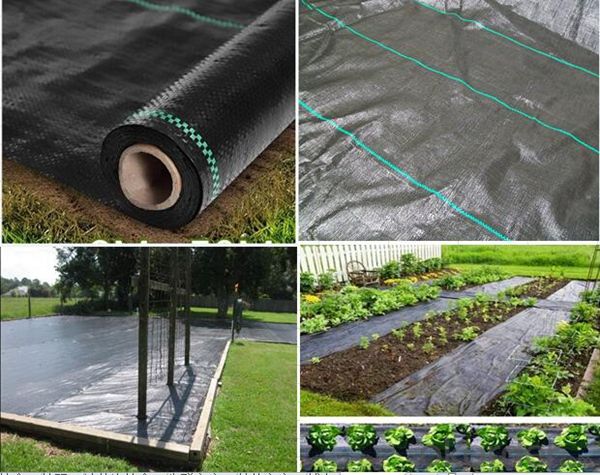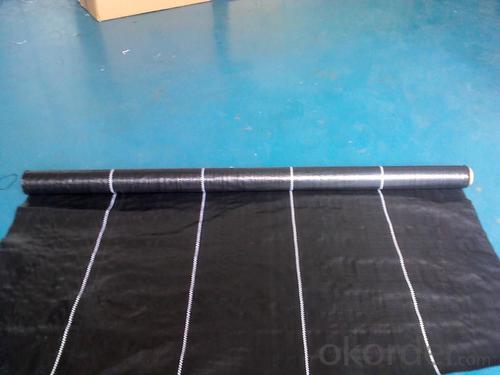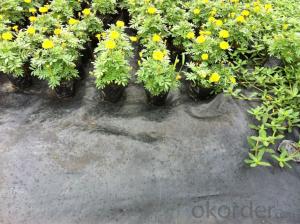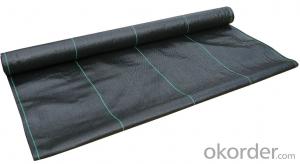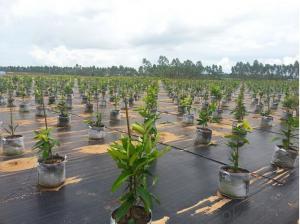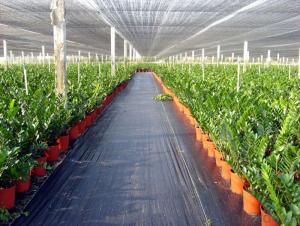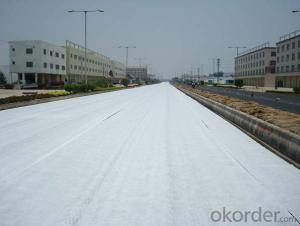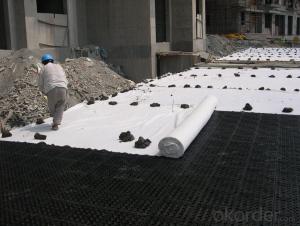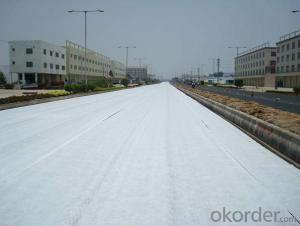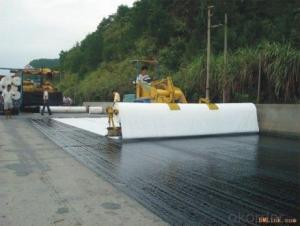Thrace Geotextile PP Weed Barrier Fabric for Garden Nursery Orchard
- Loading Port:
- Qingdao
- Payment Terms:
- TT or LC
- Min Order Qty:
- 10000 m²
- Supply Capability:
- 500000 m²/month
OKorder Service Pledge
OKorder Financial Service
You Might Also Like
Product Description
The weed control mat is made of environmentally friendly raw materials, pp woven fabric. It used to prevent the growth of weed, without the use of potentially dangerous chemical sprays or labor intensive hoeing. Once installed, weed mat will continue providing protection for years without maintenance.
They are permeable fabrics, which allow air, water and nutrients to pass through, and designed to block out the sun to reduce photosynthesis and stop weed growth.
Specification
Item No. | XG-SNN-05 | XG-SNN-06 | XH-SNN-07 | XH-SNN-08 | XH-SNN-09 |
Product specifications | 70GSM | 90GSM | 100GSM | 110GSM | 120GSM |
Material | PP/PE | ||||
model name | Plastic ground cover | ||||
width | 1m-6m | ||||
length | As your requirement | ||||
color | Green. black | ||||
type | warp knitted | ||||
useful life | 2-5 years | ||||
UV | 1%-5% | ||||
MOQ | 2Tons | ||||
packing | one roll one plastic bag | ||||
payment | T/T L/C | ||||
delivery time | 20 -30 days | ||||
package | 20ft: 8 t | ||||
Certificate | ISO9001 REACH EO | ||||
roll diameter | 15CM-38CM | ||||
market | Europe | ||||
Features
1. Weed suppressant and drainage control landscaping fabric
2. Easy to use, Environmentally friendly
3. Allows water, air and nutrients through, suppressing weeds without the use of chemicals
4. Reduces the level of watering required due to the slower rate of water evaporation
Application
1. Excellent Weed Control
2. Moisture, fertilizers, air reach plants to allow for healthy soil
3. Good water and air permeability
4. Exceptional toughness and strength
5. Durable, tear-resistant; won't rot or mildew
6. Lightweight, easy to install, follows natural ground contours
7. Ideal for use in landscaped beds, under decks and walkways.
Packaging & Delivery
| Packaging Details: | Packed In Roll Or In Bales Or Cartons Or According To Customers Requirement |
| Delivery Detail: | 20 Days After Order Confirmed |
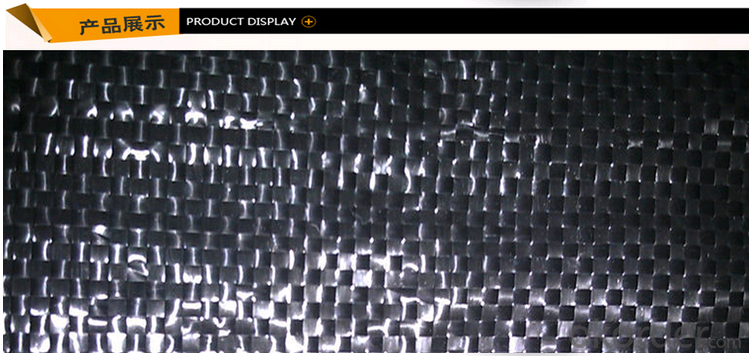

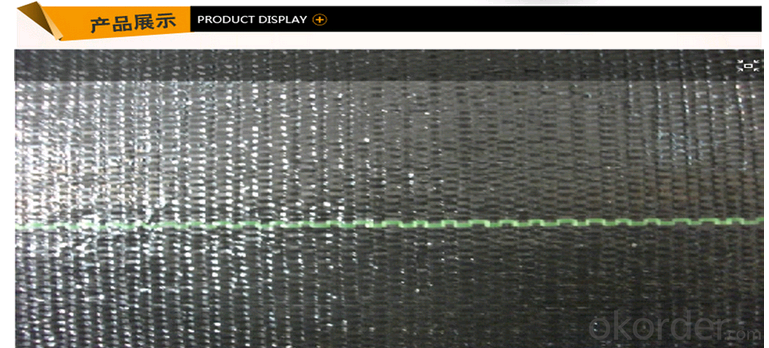
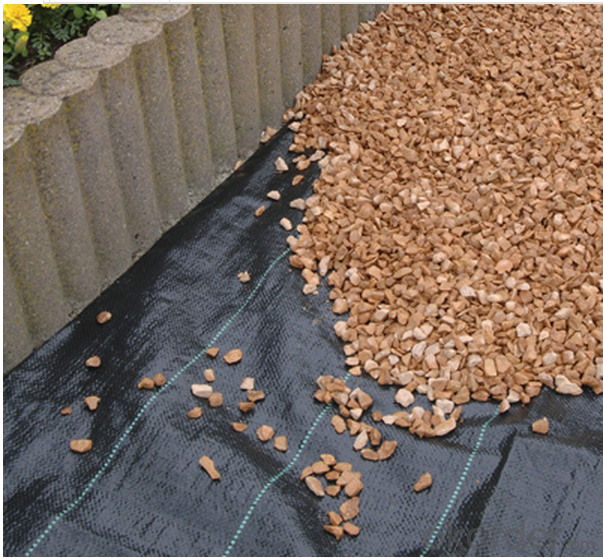
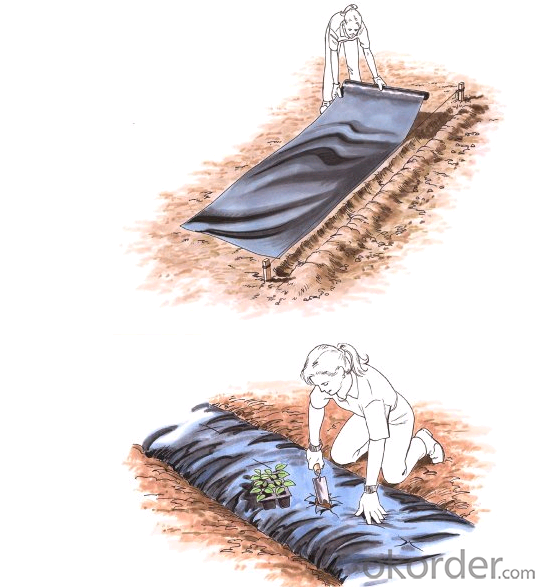
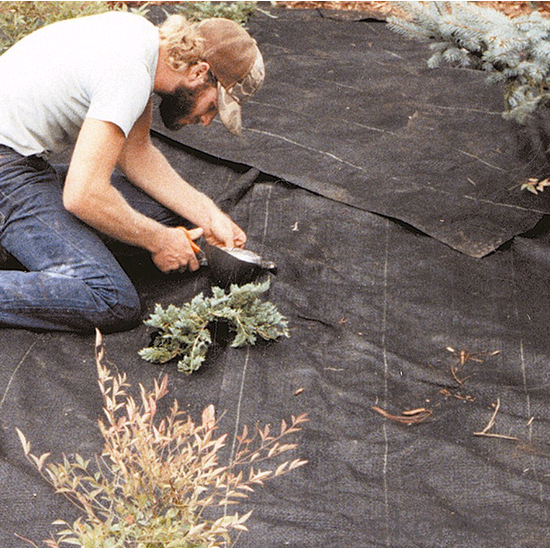
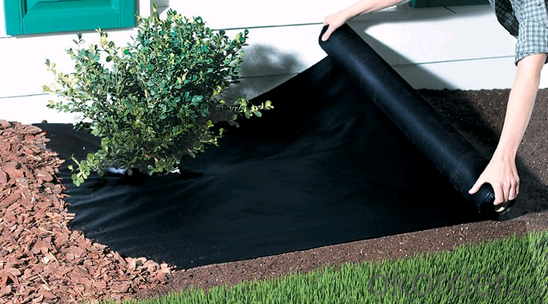
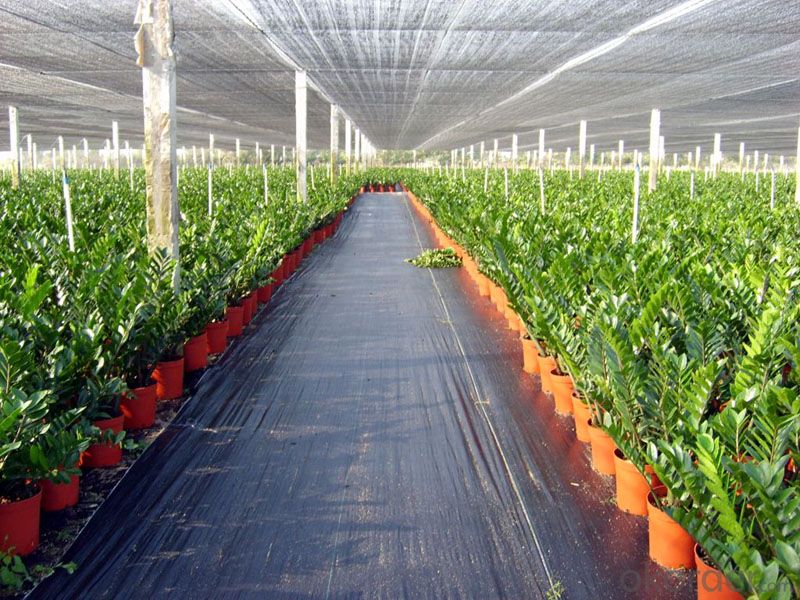
- Q: What are the different factors to consider for geotextile selection in agricultural applications?
- When selecting geotextiles for agricultural applications, several factors need to be considered. These factors include the type and level of soil erosion, the desired drainage and filtration requirements, the expected load and stress levels on the geotextile, the potential for chemical exposure, the climate and weather conditions, and the longevity and durability needed for the specific agricultural application.
- Q: What are the specifications for geotextiles used in erosion control tubes?
- The specifications for geotextiles used in erosion control tubes typically include factors such as high tensile strength, UV resistance, permeability, and durability. These geotextiles are typically made from synthetic materials like polypropylene or polyester and are designed to effectively prevent soil erosion while allowing water to pass through. They should also be able to withstand various environmental conditions and have a specific pore size to retain soil particles and prevent clogging.
- Q: What are the different geotextile installation techniques in slope stabilization?
- There are several geotextile installation techniques used in slope stabilization, including slope face treatment, wrap-around technique, and anchor trenching. In slope face treatment, geotextiles are placed directly on the slope surface to prevent erosion and promote vegetation growth. The wrap-around technique involves installing geotextiles horizontally around the slope, creating a reinforced barrier against soil movement. Anchor trenching, on the other hand, involves burying geotextiles vertically into the slope to provide added stability and resistance against sliding. These techniques are commonly used in combination to ensure effective slope stabilization.
- Q: How do geotextiles improve the performance of asphalt overlays?
- Geotextiles improve the performance of asphalt overlays by providing reinforcement and separation between the existing pavement and the new asphalt layer. These fabrics help distribute the load and prevent the mixing of materials, reducing cracking and increasing the overall durability and lifespan of the overlay.
- Q: What is the meaning of the process equipment and equipment for producing geotextiles?
- What is the meaning of the process equipment and equipment for producing geotextiles?
- Q: Can geotextiles be used in flood protection projects?
- Yes, geotextiles can be used in flood protection projects. Geotextiles are often used as a cost-effective and sustainable solution for erosion control, sediment filtration, and stabilization of soil in flood-prone areas. They can be used in various applications such as riverbank protection, levee reinforcement, and shoreline stabilization, helping to reduce the impact of floodwaters and prevent soil erosion.
- Q: How do geotextiles help with soil stabilization in geocell applications?
- Geotextiles help with soil stabilization in geocell applications by acting as a barrier between the soil and the geocell system. They prevent the intermixing of soil particles and the migration of fines, providing additional strength and stability to the geocell structure. Additionally, geotextiles enhance drainage and filtration, reducing the risk of soil erosion and improving overall soil performance.
- Q: Ask geotextile factory in the use of geotextile aperture detector detection method which?
- Hello, geotextile detection method in GB / T and GB / T geotextile aperture in the introduction, you can look at these two standards. The first is geotextile pore size detection wet sieve method, the second is geotextile aperture detection dry sieve method. As the name suggests the first of these two methods is the participation of water, the other is basically the same, are placed in a single layer of geotextile standard small particles, through the vibration to detect the size of the leakage of particles to determine the geotextile pore size size. The difference is that the first standard in the need for continuous water on the particles, so the calculation method are also different. Specific detailed distinctions You can search these two criteria separately.
- Q: Can geotextiles be used in erosion control in river channel stabilization?
- Yes, geotextiles can be used in erosion control in river channel stabilization. They are commonly used to prevent soil erosion and stabilize river banks by acting as a barrier that allows water to pass through while retaining the soil particles. Geotextiles can effectively control erosion and provide long-term stability to river channels.
- Q: What are the advantages of using geotextiles in shoreline stabilization?
- Geotextiles offer several advantages in shoreline stabilization. Firstly, they provide effective erosion control by preventing soil erosion and minimizing sediment transport. Secondly, they enhance the stability and strength of the shoreline, reducing the risk of collapse or slumping. Additionally, geotextiles allow for better drainage and water filtration, which helps maintain a healthy ecosystem by preventing stagnant water and promoting the growth of vegetation. Moreover, they are easy to install and maintain, making them a cost-effective solution for shoreline stabilization projects. Lastly, geotextiles are environmentally friendly as they are typically made from recycled materials and can be easily removed or replaced if necessary.
Send your message to us
Thrace Geotextile PP Weed Barrier Fabric for Garden Nursery Orchard
- Loading Port:
- Qingdao
- Payment Terms:
- TT or LC
- Min Order Qty:
- 10000 m²
- Supply Capability:
- 500000 m²/month
OKorder Service Pledge
OKorder Financial Service
Similar products
Hot products
Hot Searches
Related keywords
